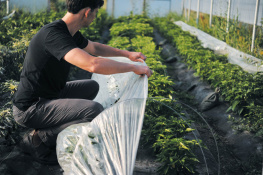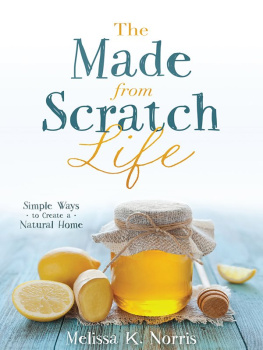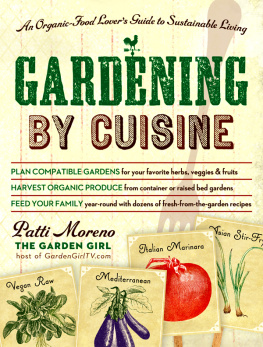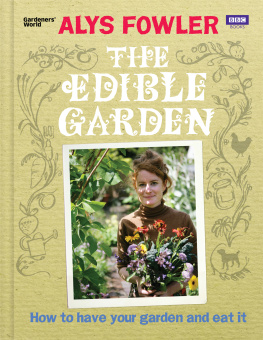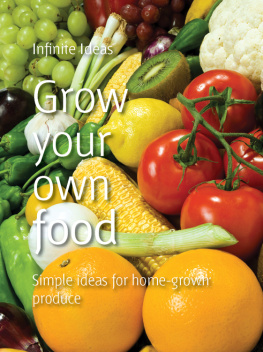Table of Contents
Guide


HARVEST HOUSE PUBLISHERS
EUGENE , OREGON
Contents
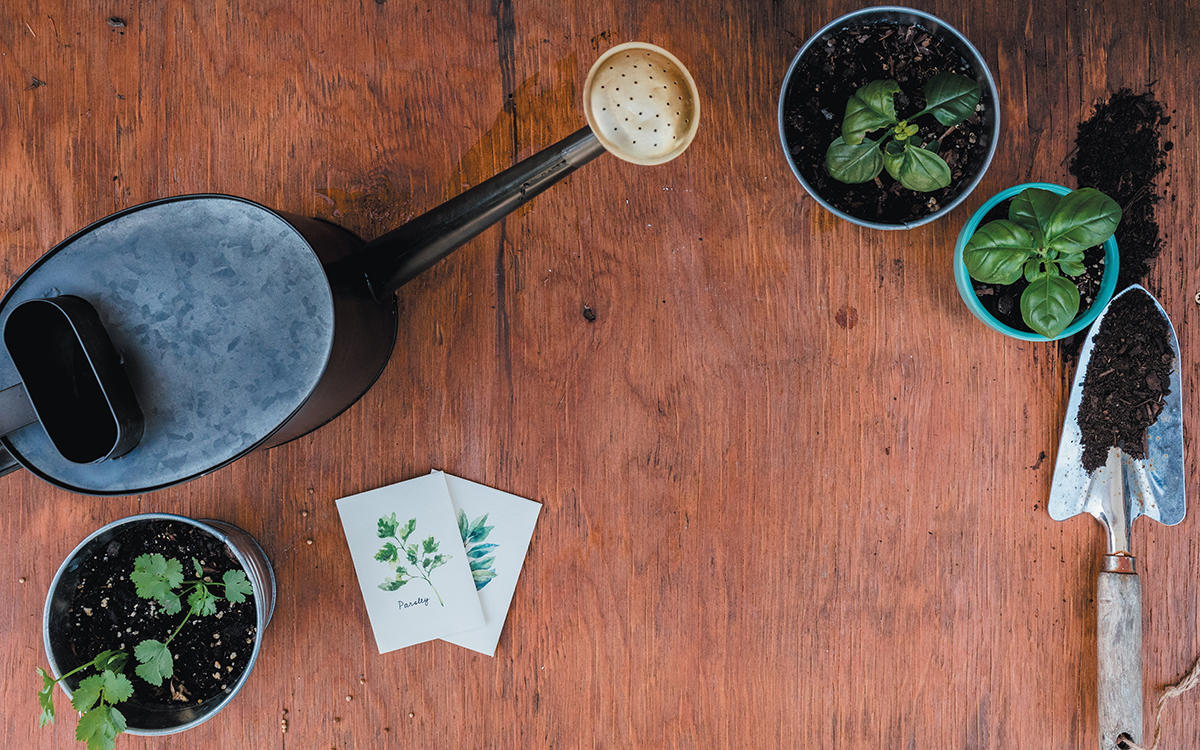
G rowing a garden is as much food for the soul as it is for the body. There is little more satisfying, or delicious, than walking out your backdoor and picking a fresh, vine-ripened tomato or filling a colander full of carrots and beets with soil still lingering on the roots.
Watching the cycle of a garden, from the dormant earth, first seed sprouting, producing the harvest, and then gifting us with another seed to perform the cycle again, is like witnessing a small miracle each year. My heart is filled with a gratefulness for the way the good Lord created this earth and the food to nourish our bodies that I dont find in the same depth when purchasing off the store shelf.
After all, God is the Creatorthis world and the very depth of nature we see before us is His canvas and design. Watching it up close, how the chill of winter is necessary for production of fruit and some seeds to sprout, to the rains of spring so those seeds can germinate, and the summer warmth to bring everything to fruition and harvest, is a testimony to His hand.
Yet there are springs when the rains arent bountiful, the sun is scorching, and plants die; and its in these times perhaps Im more appreciative of the harvest I get, knowing even when the earth doesnt work with me the way Id like, God will provide and teach me as I go.
It used to be almost every household had at the very least a small kitchen garden where they grew some of their own food. In much of todays mainstream society weve traded our connection to our food and land for the convenience of having someone else grow it for us. But you and I, my friend (because I consider all other gardeners friends), we know the importance and joy of raising nourishing and healthy food for ourselves and our family that goes well beyond the plate and pocketbook.
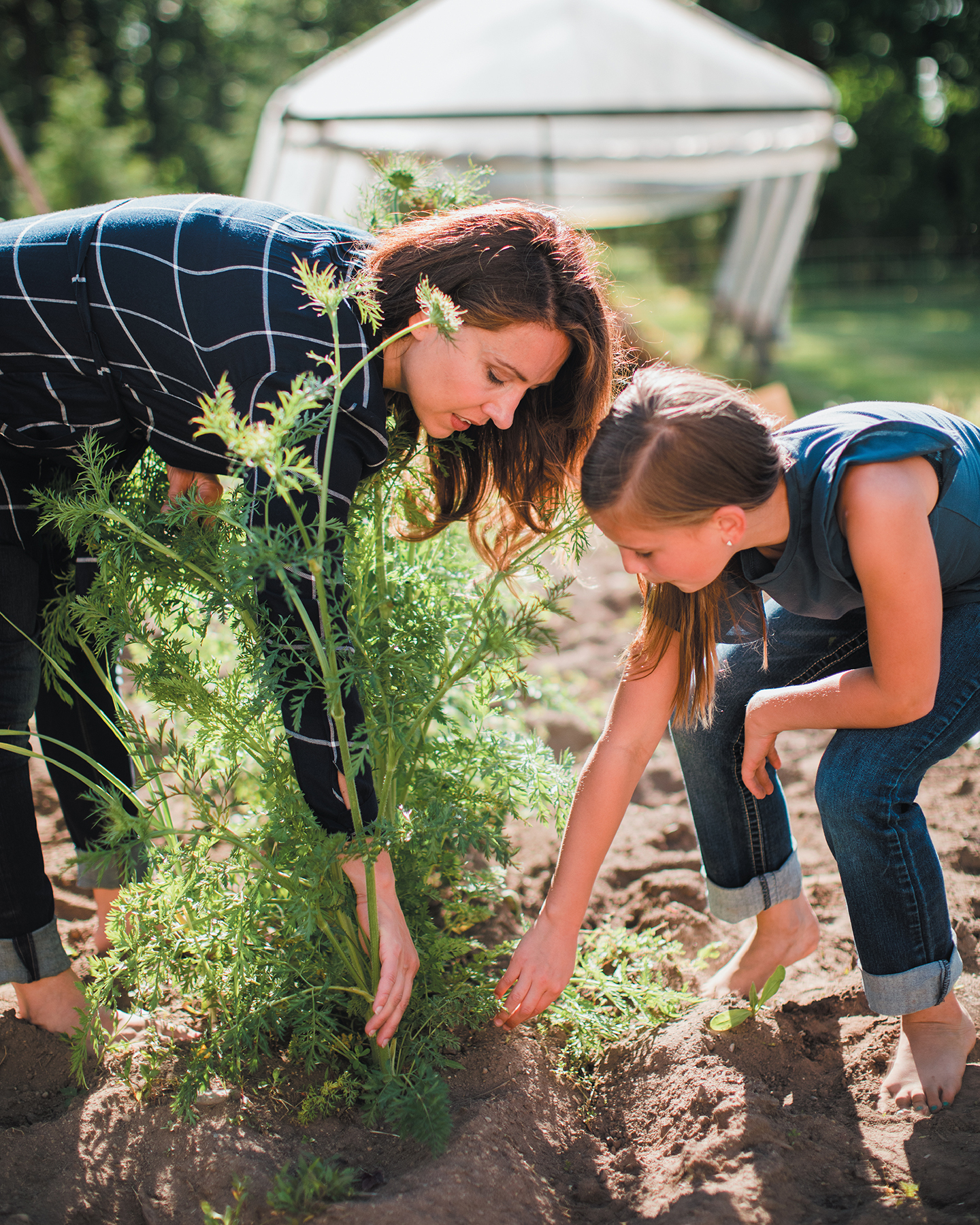
Ive found gardening to be one of the simplest and most complex things there is. It really is as simple as plopping a seed into the soil, providing some sunlight and water, and letting it grow. But on the other hand, the condition of the soil, growing zones, pest management, and any number of other things come into play in determining whether that plant will thrive and provide you with a bountiful harvest.
I come from a long line of gardeners. Some of my earliest memories are of springs filled with planting the garden, snapping beans alongside my father, and filling up the jars for the pressure canner alongside my mother. I hail from people who made their living from the land; and if they didnt raise or grow it themselves, they would have gone hungry.
My husband and I, along with our two children, raise all our own meat and over half of our fruits and vegetables for the year on 14.96 acres here in the foothills of the North Cascade mountain range of Washington State. As we strive to increase what we grow and preserve each year, weve learned a lotmore from the failures than the successes, though thankfully we have more successes now than when we first started some 19 years ago.
No matter how many times Ive grown the same crop or raised a garden, I learn something new every year and season. A garden will teach you many lessons, and only some of them are about food. It is my aim with this book to walk you through what Ive been blessed to learn, what other gardeners who have gone before me have shared, and to help you raise just a little bit more of your own food than you did the year before.
I dont believe its possible for one book to cover every area of gardening; exhausting every facet of composting, permaculture, and seed saving are all separate books. But I will cover what you need to know to have a solid foundation to raise your own fruits, vegetables, and herbs from planning and planting to harvesting; Ill give you tips to implement and extra resources should you need to dive in deeper than we will in these pages. Deal? Good. Let the growing begin!

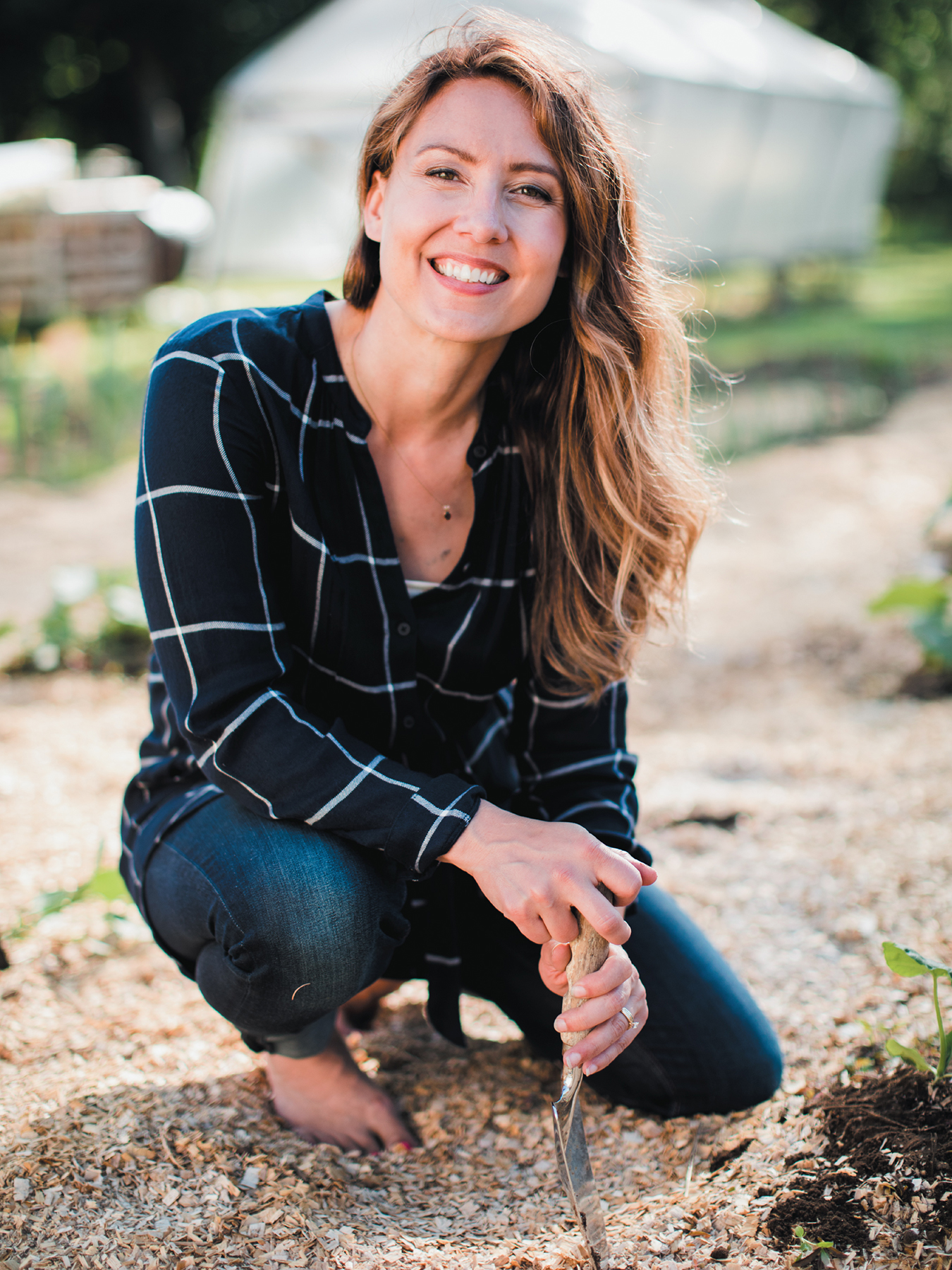
Commit to the L ORD whatever you do, and he will establish your plans .
P ROVERBS 16:3
A customized plan based on your familys needs, space, and gardening zone is one of the often most overlooked but critical steps to a successful growing season and harvest. One of the biggest mistakes we made in our early years of homesteading, my husband and I both agree, is that we didnt keep the best of records when we started out.
The small amount of planning done now will guide you throughout your entire year of gardening and ensure youre raising food and crops your family will put to good use. Because, lets face itit doesnt matter if we have a huge garden if its full of foods our family doesnt like and were not eating.
Whether this is your first year or youre a gardening veteran, planning will serve you well. We do this every winter as we gear up for the growing season.
No one garden is the same, nor should it be. Your garden will evolve and change every year, a living canvas for the gardener to erase his mistakes and hone his talent. Youll find my planning very practical. I believe in planting what my family enjoys and eats the most (alas, Ive not found a chocolate plant that will grow herebut raspberries are a close second) and can be preserved to stock our pantry for the off-season.
CREATING A CUSTOMIZED GARDEN PLAN
No matter if youve been planting and preserving for years or this is your first year, well start by going to our cupboards and freezers.
Look at your current pantry and freezer and take note of which foods you eat on a regular basis. Keep track of the meals and foods youre consuming regularly. If you use a written meal plan, this is already done for you.
Do you have spaghetti, chili, or something with tomato sauce in it weekly? What frozen or canned vegetables are you using on a consistent basis? Dont forget the spice and herb cupboard.
Document this, write it all down, and keep a record of what youd use in an average month. Then multiply out for a year. Use the Food Needs for a Year Worksheet at the end of this chapter to help you do so. This step lets you know what and how much to plant for the current years gardens.
Example from My Kitchen
When I went through this process, I found in January that I had 18 jars of tomato sauce left. Our typical first large harvest of tomatoes (enough to make sauce) isnt until August. I can use approximately two jars a month if I dont want to purchase any from the store. This past year I tried a new type of tomatoes and didnt grow as many paste tomato plants as I usually do. I made a note to go back to 20 plants of San Marzano Lungo 2.
With 27 jars of cucumber pickles left, at a jar a week until main harvest time, we have plenty (we generally dont eat an entire quart of pickles in one week). This means having three hills (nine plants) of pickling cucumbers is the perfect amount for our current needs.
Next page
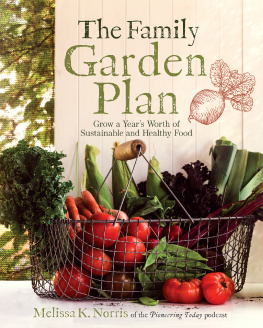


![Norris - Clybourne Park: [a play]](/uploads/posts/book/223649/thumbs/norris-clybourne-park-a-play.jpg)



